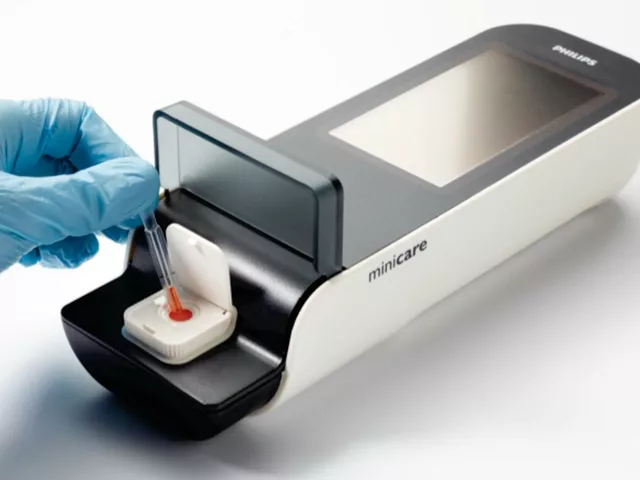Amaurosis Fugax: Quick Vision Loss and Why It Matters
When you hear about Amaurosis Fugax, a brief, painless loss of vision in one eye caused by temporary disruption of blood flow to the retina, you might think it’s just a harmless glitch. Also known as a "curtain coming down" on vision, it often signals deeper vascular issues. In fact, amaurosis fugax can be the first warning sign of a future stroke, so taking it seriously is key. It usually lasts seconds to minutes and then resolves, but the underlying cause demands attention.
How It Connects to Other Vascular Problems
One of the most common culprits behind this fleeting blackout is a Transient Ischemic Attack, a short‑lasting episode of neurological dysfunction caused by a temporary loss of blood flow to the brain. When a TIA affects the eye’s blood supply, you experience amaurosis fugax. Another frequent link is Carotid artery disease, the buildup of plaque in the carotid arteries that can throw tiny clots toward the eye. Those clots become Retinal emboli, microscopic particles that travel to retinal vessels and block blood flow, producing the sudden visual loss. Together these entities create a chain: carotid plaque → retinal embolus → amaurosis fugax, which may herald a larger cerebrovascular event.
Because the eye’s blood vessels share pathways with the brain, any episode of amaurosis fugax should trigger a full vascular work‑up. Doctors typically check for carotid stenosis with ultrasound, assess heart rhythm for atrial fibrillation, and review risk factors like hypertension, smoking, and high cholesterol. The goal is to address the root cause before a full‑blown stroke occurs. Below you’ll find a curated collection of articles that dive deeper into medication tolerance, heat safety for diuretic users, hormone effects on shingles, and more—each offering practical angles that intersect with the health concerns surrounding amaurosis fugax.




